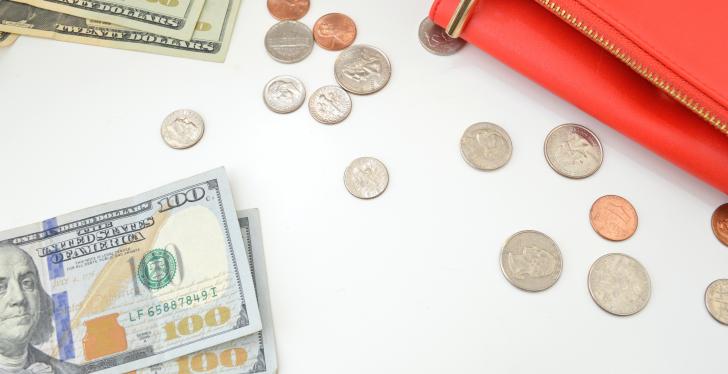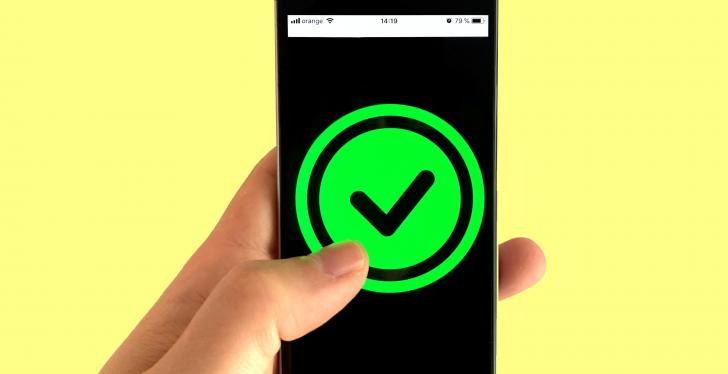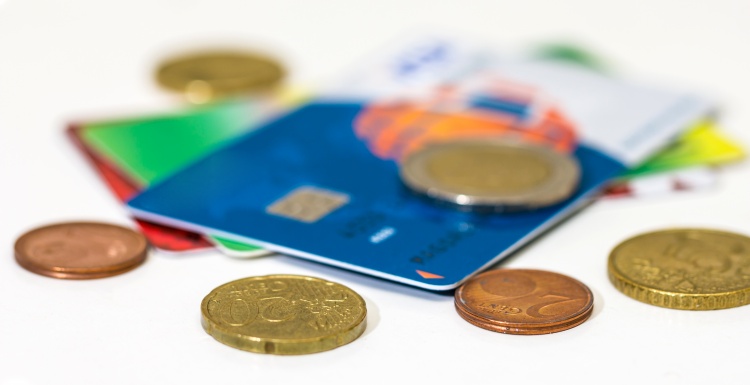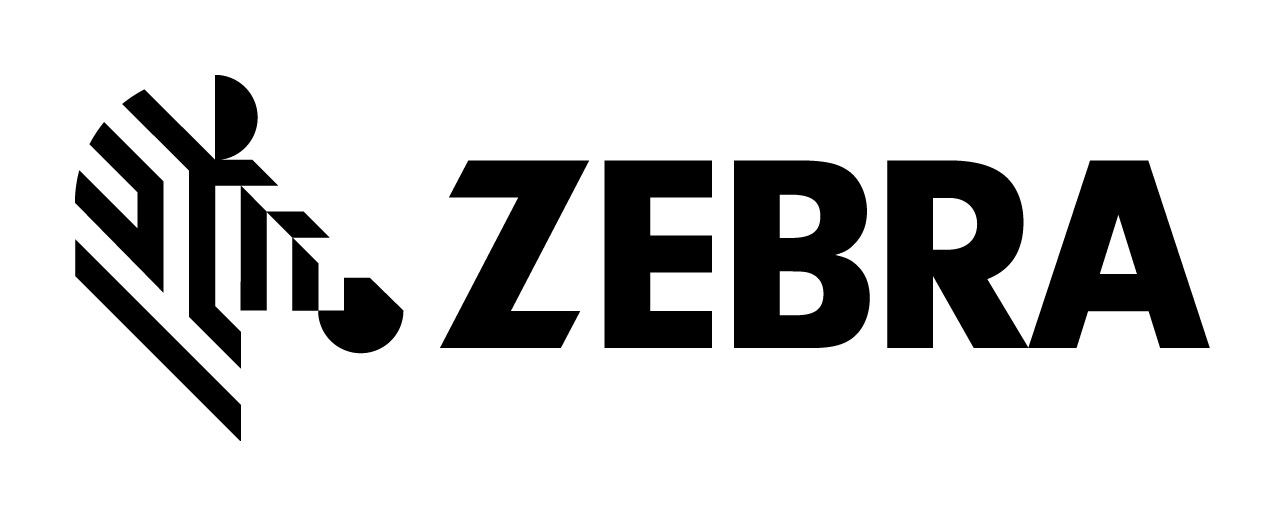INTEGRATING CASH with digital channels
COVID-19 raised safety concerns over cash handling, but those fears dissipated as the pandemic dragged on
By October 2020, cash had rebounded and reasserted itself as “the top way to make a purchase throughout 2020,” according to a report by Javelin Strategy & Research for ATM operator Cardtronics.
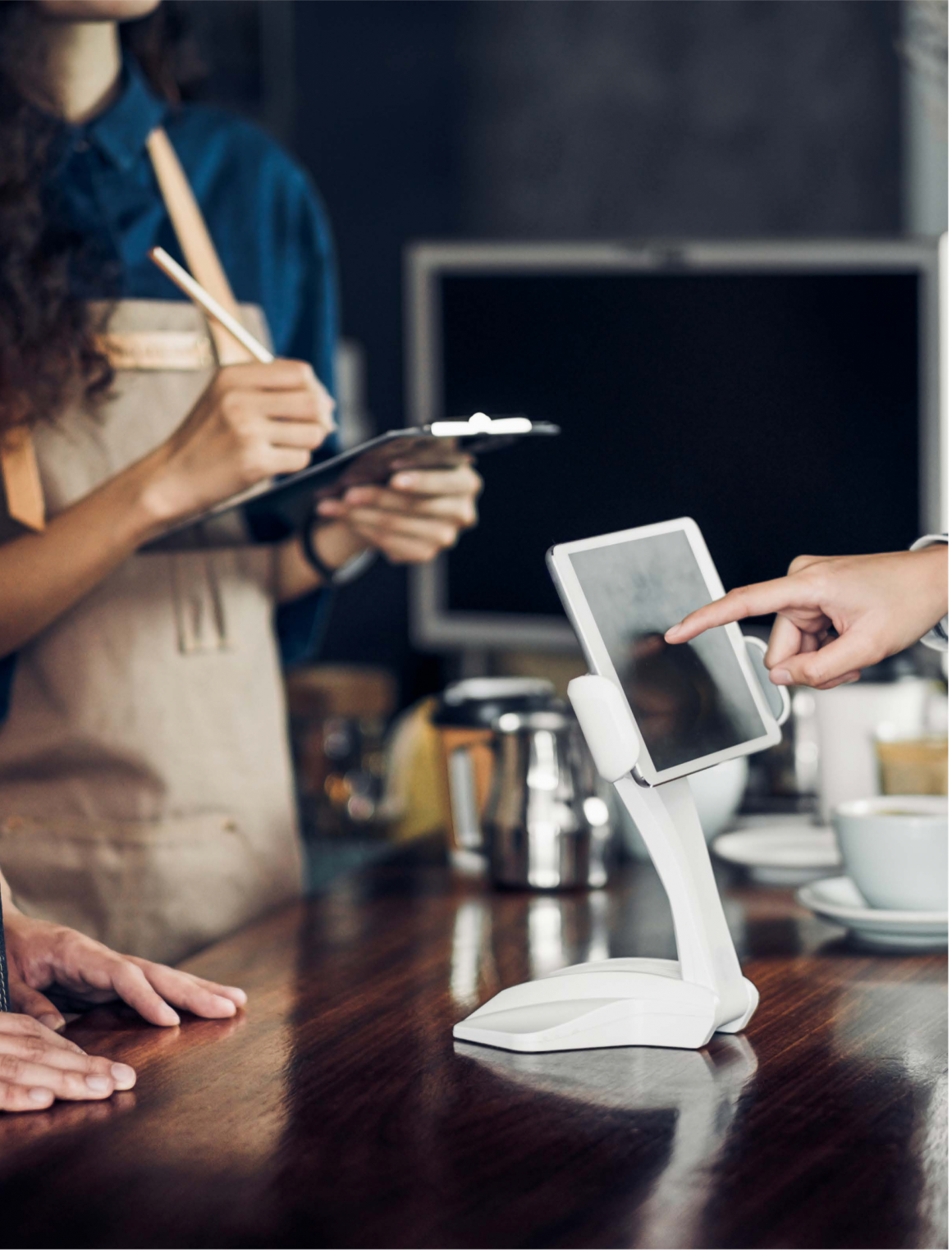
The report, “The Health of Cash and its Role Expanding the Global Economy,” says cash had rebounded to 73% of usage as of October, widening its lead over other payment methods and confirming that consumers still prefer hard currency for a lot of purchases. That preference, the report asserts, extends beyond physical purchases to digital transactions.
The problem for cash users is that digital platforms typically do not accept cash payments. But they should, the report argues. Substantial numbers of consumers still want to pay with cash when picking up in store (19%), ordering food for pickup (28%), and for personal services (31%).
ATM modernization
How are merchants supposed to accept cash for digital purchases? On the surface, these are incongruent activities but Javelin argues technology exists to integrate cash payments with digital platforms. The answer lies in the ubiquitous ATM, which can play a fundamental role in integrating cash with digital commerce.
“The future of cash is for consumers to walk to an ATM to make a deposit, with the person or business on the receiving end having immediate access to the funds, with no bank account required on either end of the transaction,” the Javelin report says. “Although this scenario seemed foreign five years ago when cardless ATM usage first started to make its way into the United States, the ability to use cash digitally will enhance the economy in the next two years.”
For this approach to work, two things must happen:
- Modernization of ATM networks to enable payments for digital transactions
- Adoption by merchants with digital commerce platforms of cash as a payment option
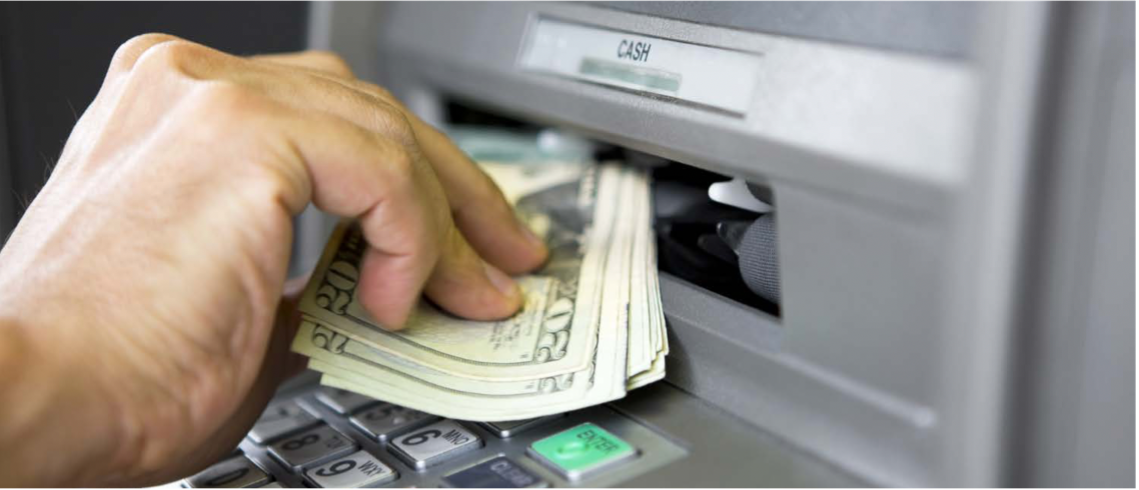
Javelin says ATMs can be enabled to accept cash payments and deliver real-time credits to sellers or banks when payments are made. This also would mean giving users cardless access to ATMs, and instead using near field communications (NFC), QR codes, or one-time verification codes. Major banks such as Chase, Wells Fargo, and Bank of America have started piloting these technologies.
Meanwhile, merchants need to start accepting cash for digital purchases, Javelin says. For consumers who now hesitate to make purchases digitally – or forgo them altogether – because they don’t want to share payment card or bank account information, the option to pay with cash would prove a strong incentive.
Some digital platforms already use cash in a limited way. For instance, Grubhub gives customers an option to pay with cash, as does Uber Eats. This involves handing money to delivery drivers and requires participation from willing restaurants, but it’s an acknowledgement of the importance of cash.
“Even through a pandemic,” the Javelin report says, “cash remained the top way for consumers to make purchases, underlying its resiliency as a payment method. Cash and digital can support each other by enabling the free flow of money into and out of the physical and digital economies, allowing consumers of all backgrounds and means to pay how and when they want, anywhere they want, for anything they want, whether around the corner or around the globe.”
channels: e-commerce, payment systems, coronavirus, cash management, cash handling systems, Cash, e-payment, QR code


